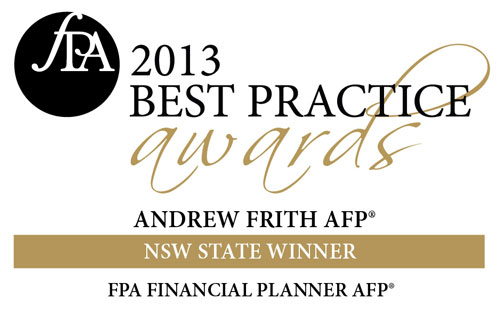Self Managed Super Fund Borrowing Checklist
BORROWING IN YOUR SMSF
A simple 10-step SMSF Borrowing checklist
1. Is it appropriate
Determine property is the right investment for your SMSF and that borrowing is an appropriate strategy.
2. Check the trust deed
Check your trust deed to ensure the trustee has the power to borrow, grant security and allow property to be held by custodians or nominees for the trustee. If not, amend the trust deed.
3. Check investment strategy
Check the fund’s investment strategy allows for the acquisition of property and permits SMSF borrowing for that purpose. If not, amend the investment strategy.
4. Finance approval
Obtain in-principle loan approval before shopping for a property as this process can be time consuming.
5. Find the property
Source the property you want to buy, negotiate the price and reach agreement with the vendor.
6. Decide on the custodian
Determine who will be the custodian. The custodian puts in writing that it will act as custodian for the SMSF trustee in the purchase of the property. The lender may require that the custodian is a company.
7. Put it in writing
The fund trustee must resolve in writing to purchase the property and appoint the custodian to act for the trustee. The custodian signs the purchase contract. The custodian holds the property as a so-called bare trustee for the SMSF.
8. Sign here please
The SMSF must provide all the deposit for the property and sign all loan documents. The property purchase is completed using only money coming from the fund’s account or from the loan by the lender.
9. Even more paperwork!
A custodian and fund trustees sign the bare trust deed, which is submitted to the relevant state revenue department for payment of stamp duty. In some states (for example, NSW, Victoria, Tasmania, the ACT) the bare trust deed must only be signed after exchange of the purchase contract. In states such as Queensland and South Australia, the bare trust deed must be signed before exchange of the contract. Usually lenders will require the bare trust deed to be signed on or before settlement. Correct timing is critical, otherwise double stamp duty may be payable. In Western Australia, the bare trust deed can be signed before or after exchange.
10. Transfer
When the loan is eventually repaid the property must be transferred from the custodian to the super fund trustee. This transfer will be for nominal stamp duty, provided the bare trust deed has already been stamped.








